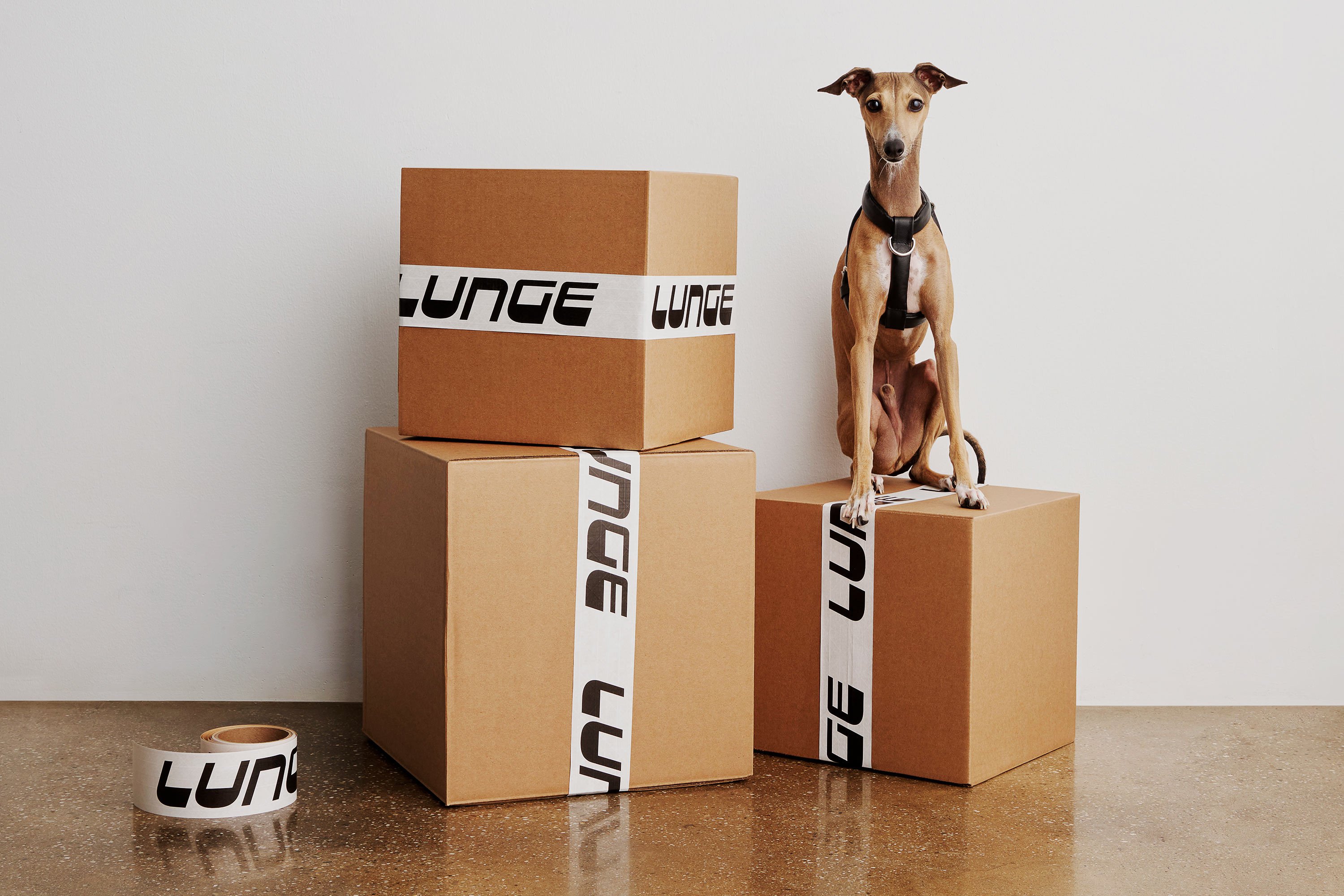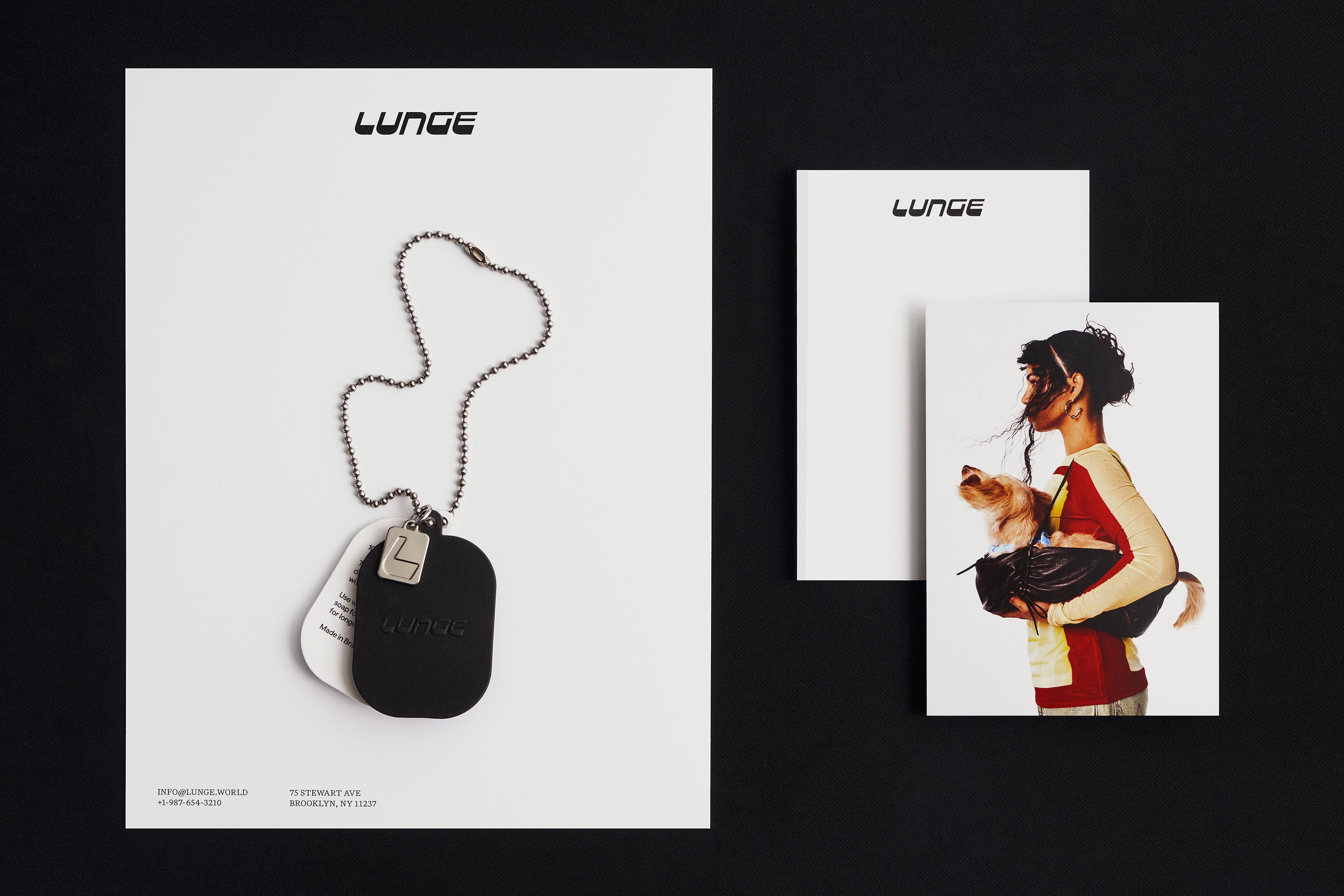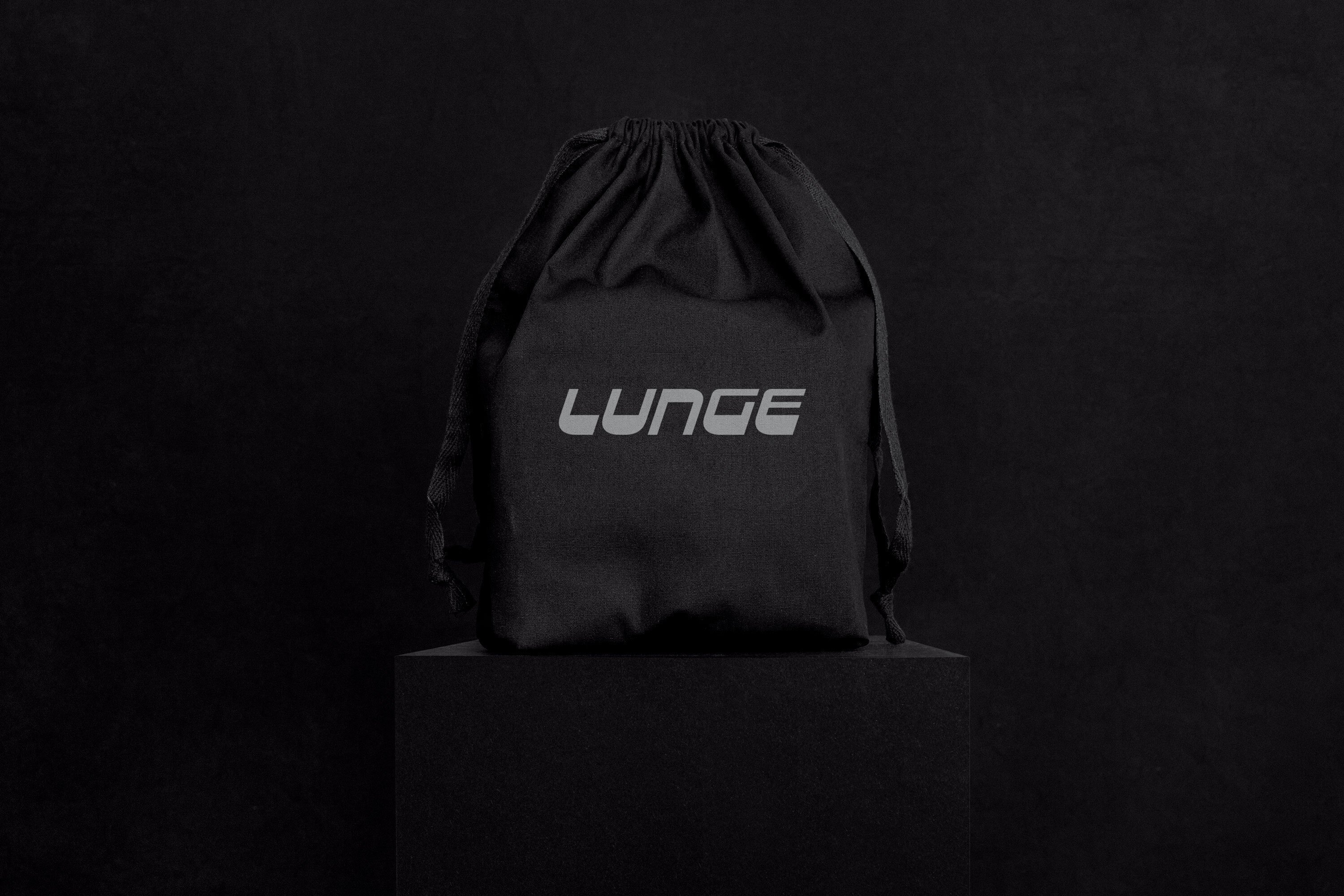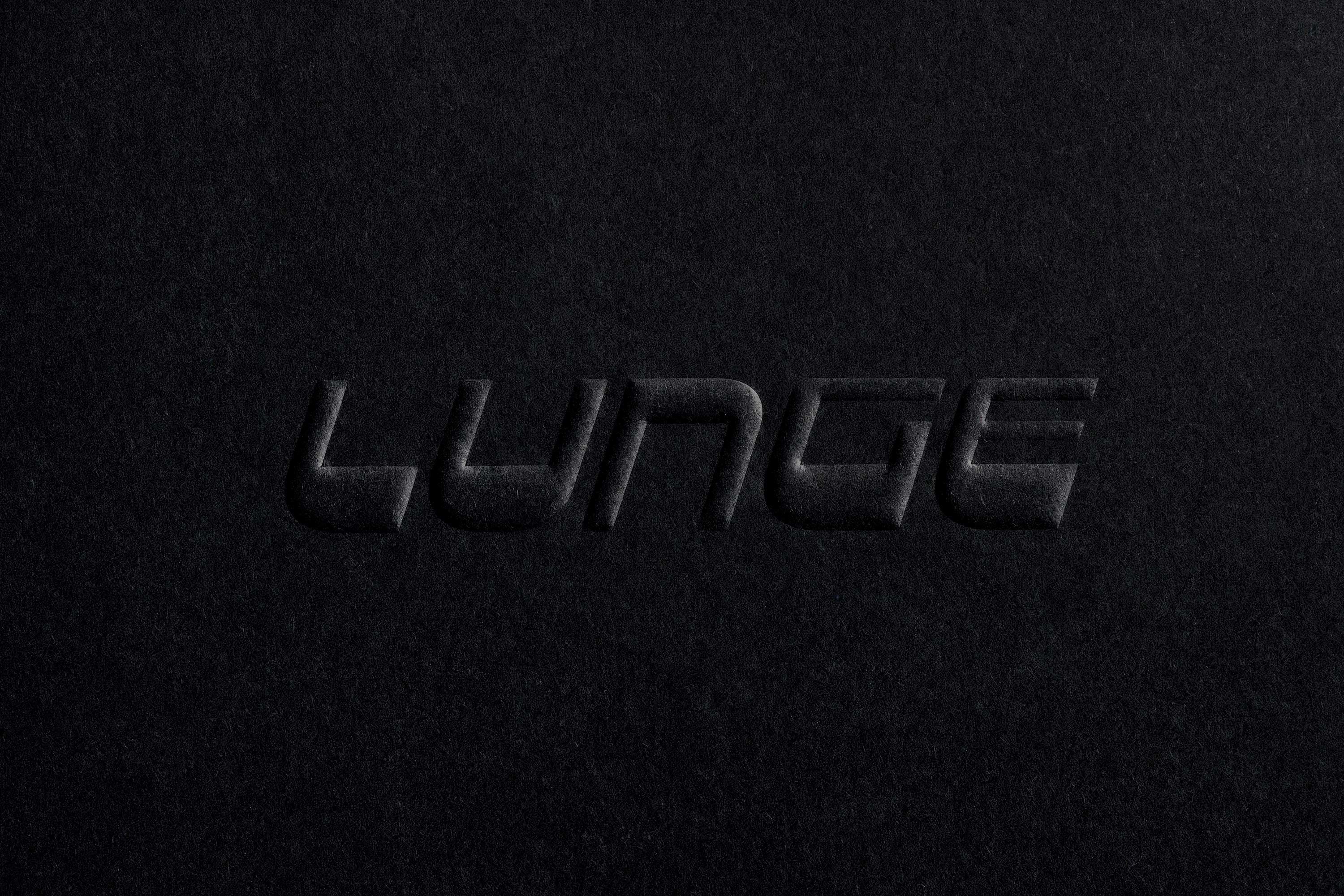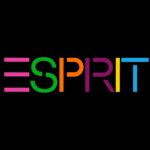Lunge by Porto Rocha
Opinion by Angelica Frey Posted 31 July 2024
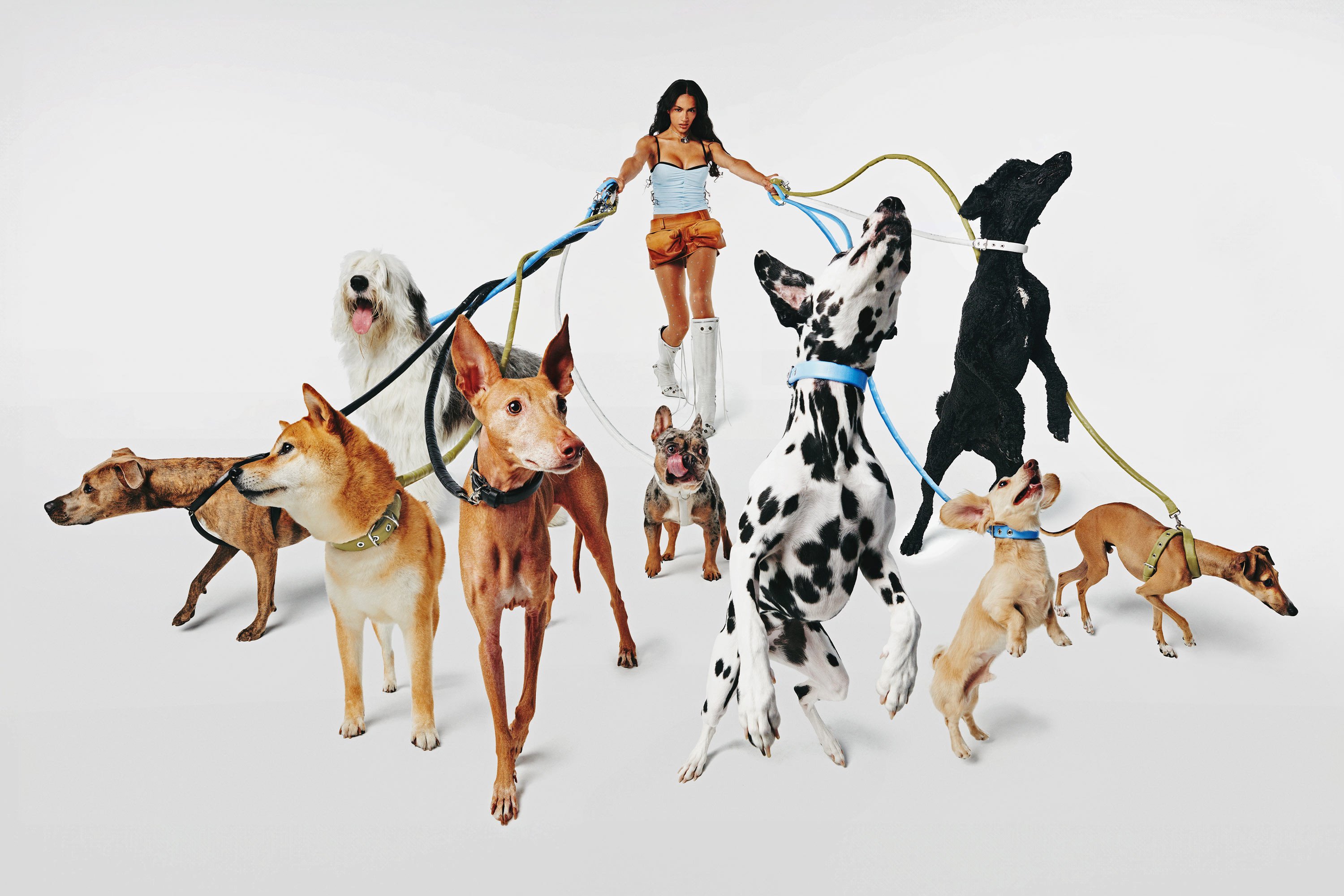
With trend-forecasting agency WGSN identifying ‘multi-species homes’ as one of the ‘top trends of 2024’, the global market for pet products is project to hit £28.75 billion by 2025 – and this excludes the food category. Even furniture design is increasingly influenced by the penchants of our four-legged friends.
Catering to this pet-first design movement, Liberty London, Prada, Louis Vuitton and Hermès all boast lines of animal accessories, from raincoats and collars to carriers that could pass for statement bags. In these cases, pet diffusions are an extension of the brand’s main lineup, sharing logo, colour palette and key style signifiers with seasonal collections. IKEA’s pet collection follows this model, using the brand’s signature colours in its ‘cat-alogue’.
DTC brands have also established a presence in this space, with a focus on edited essentials, rather than expansive collections: Wanderruff makes collars, harnesses and leashes out of recycled consumer plastics; Herzog makes silicone ‘activewear for active dogs’; Artemis focuses on skin and coat care. Allegedly, there are also hydration supplements for dogs now.
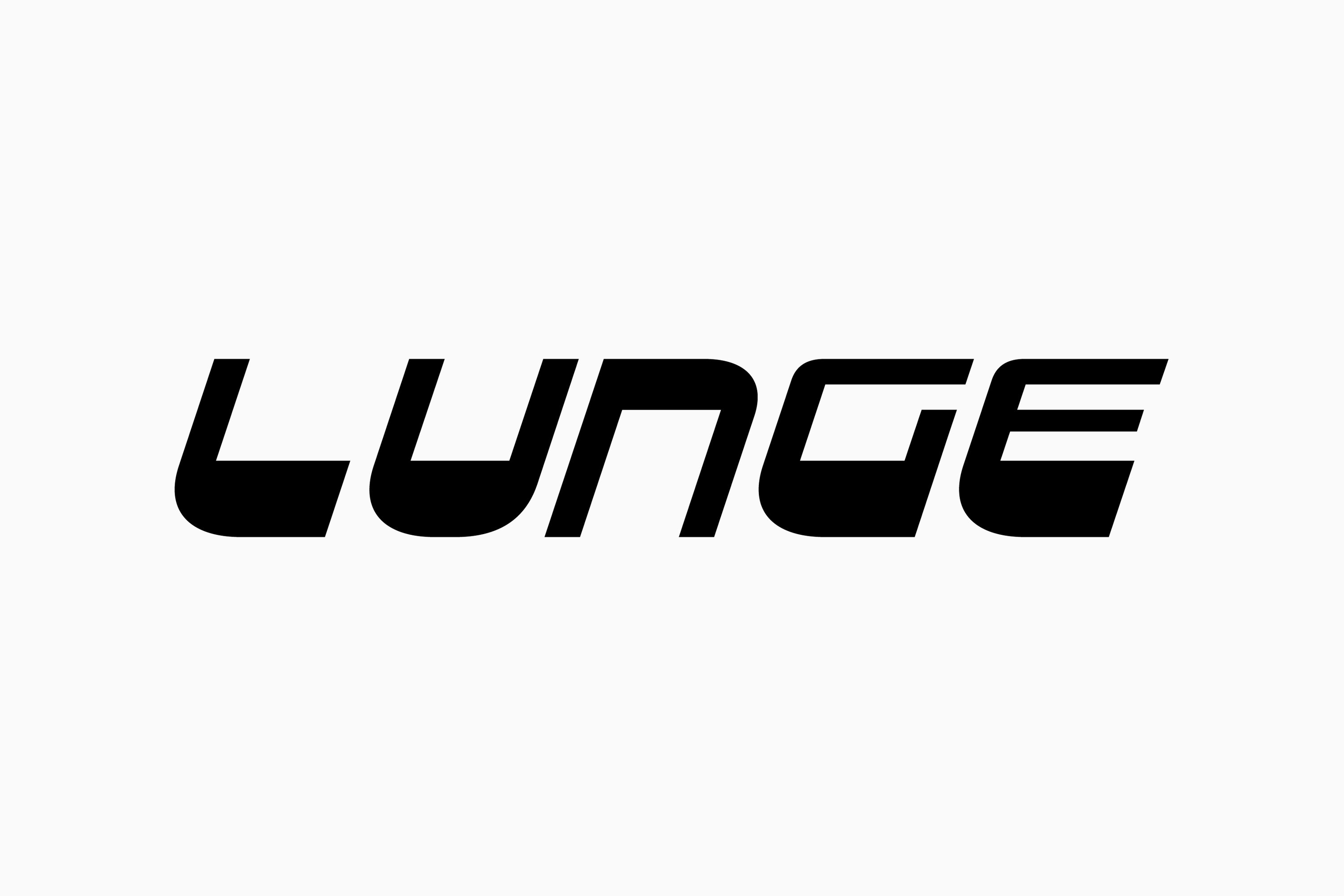
In this context, enter Lunge, a pet product brand with a decidedly design-forward approach. Founded by Nicholas Schröder, Lunge takes inspiration from the dynamism of New York and the city’s dog-walking community, rather than, say, nature or wilderness. Its current inventory consists of Napa leather collars, harnesses and leashes, alongside rhodium-plated, sterling silver necklaces for humans. Based on the high-res assets alone, you can sense the suppleness of the materials, evoking contemporary luxury more than muddy paws.
Porto Rocha, a New York-based design and branding agency, envisioned a brand identity rooted in this sleekness and vigour, which would ‘influence everything from logotype and packaging to photography and e-commerce’.
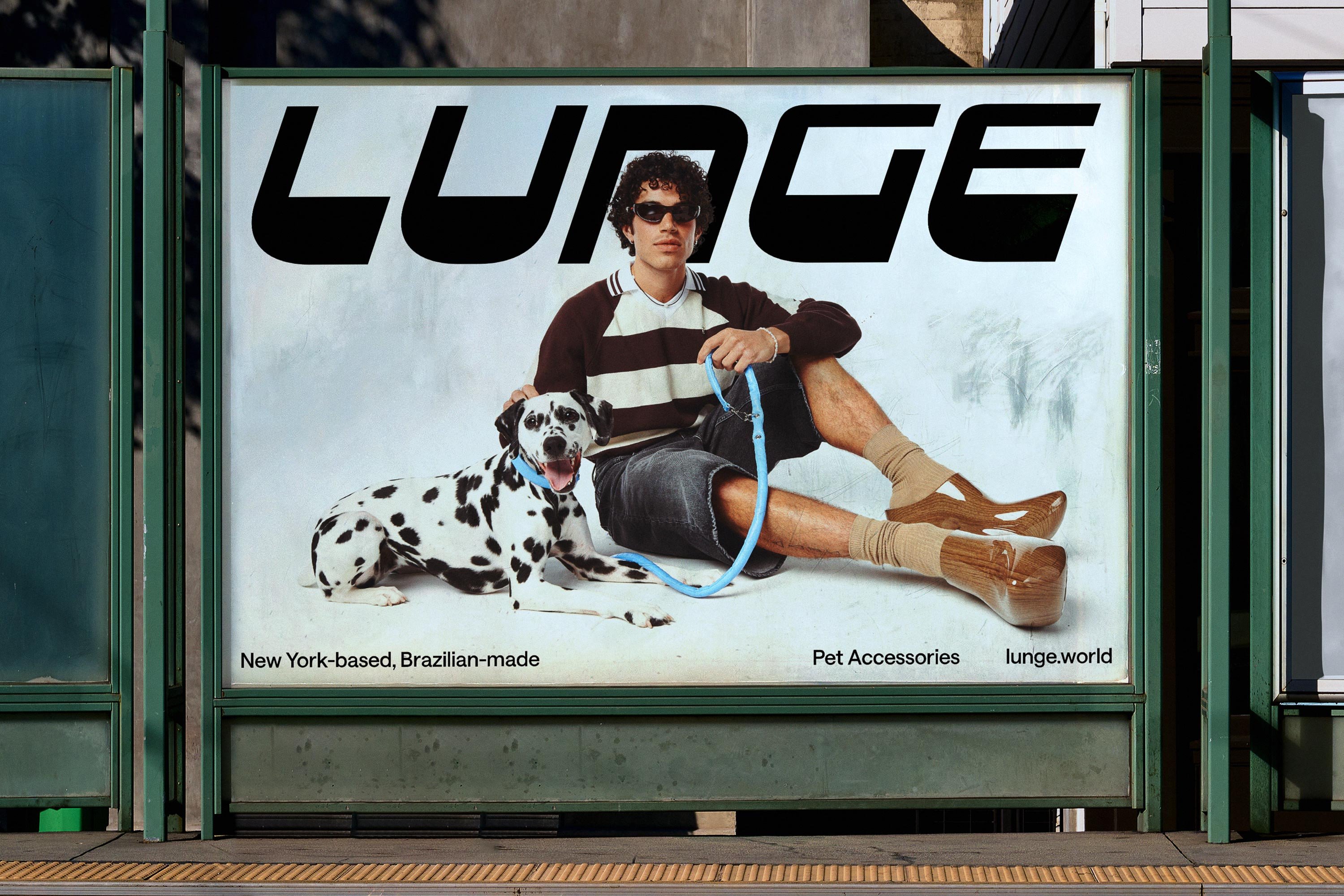
In the logo, blocky letterforms with smoothed corners lean forward, with the ‘L’ recreating the forward-leaning movement of a ‘lunge’. Scaling across different formats, this ‘L’ is featured on metal dog tags (human and canine), while the full custom wordmark takes centre stage on larger product canvases. Porto Rocha says that the letterforms ‘create tension with the products’ plush, organic shapes’, but there’s a complementary similarity too with the letters’ rounded edges and aerodynamic shapes echoing the sleek materials used.
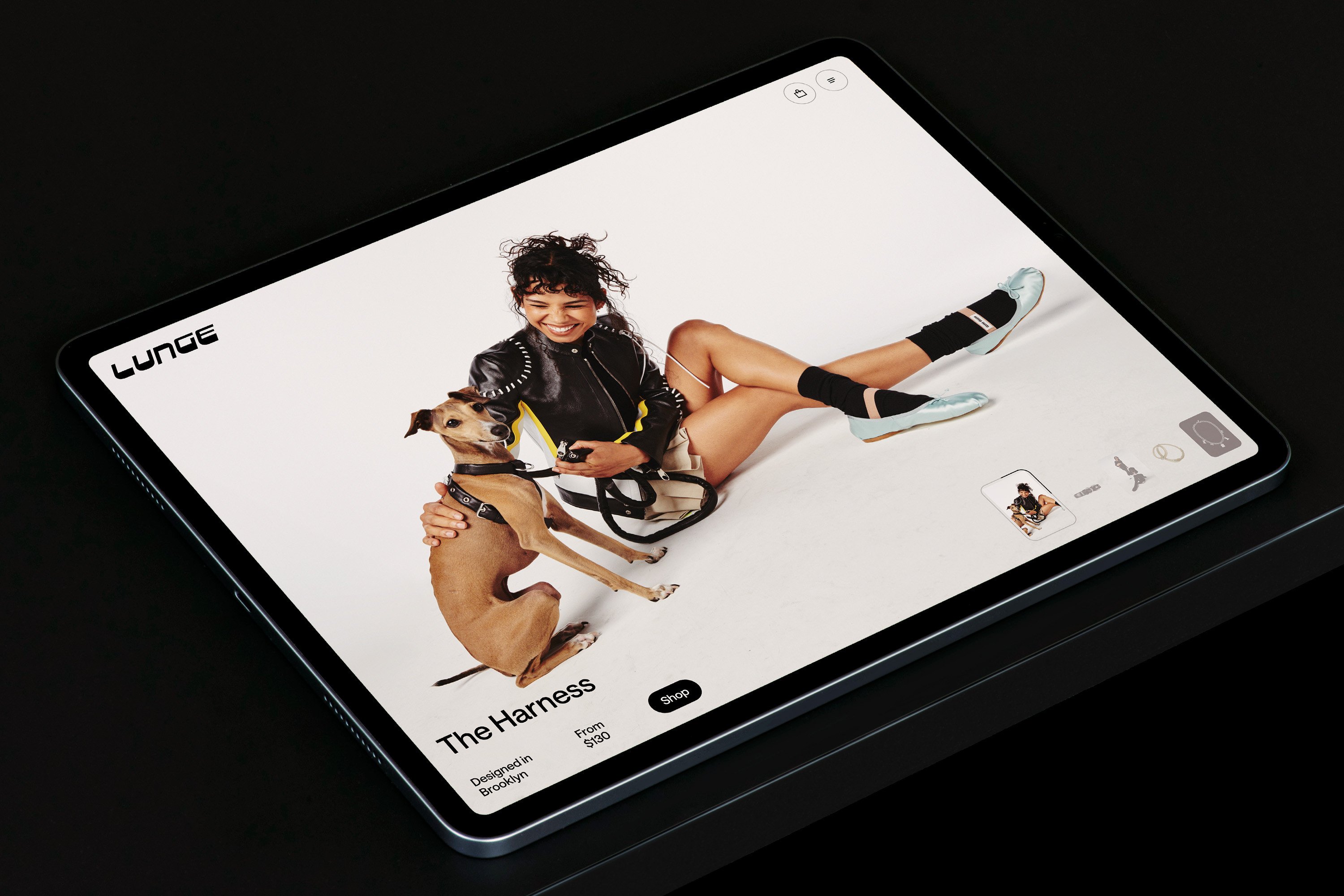
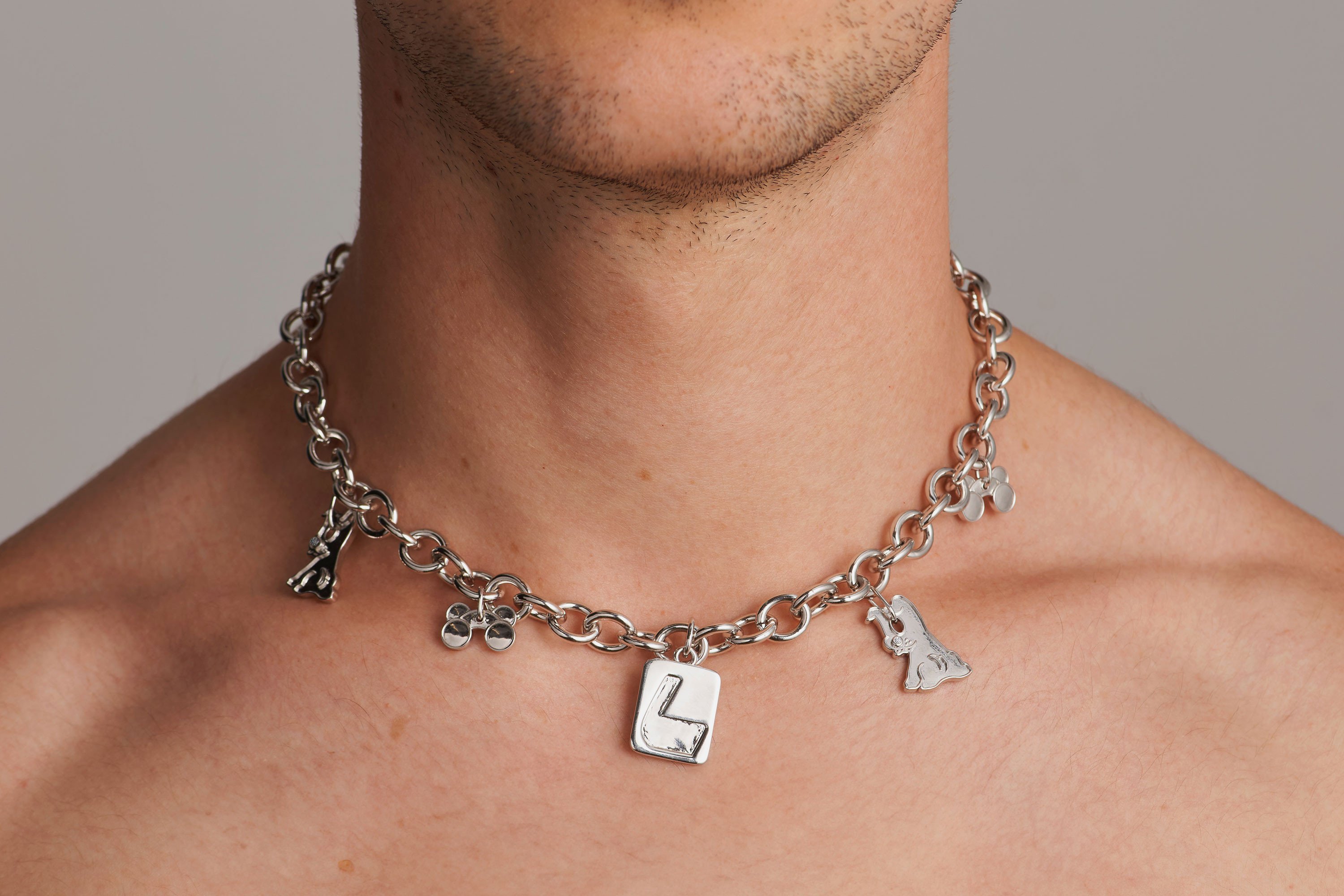
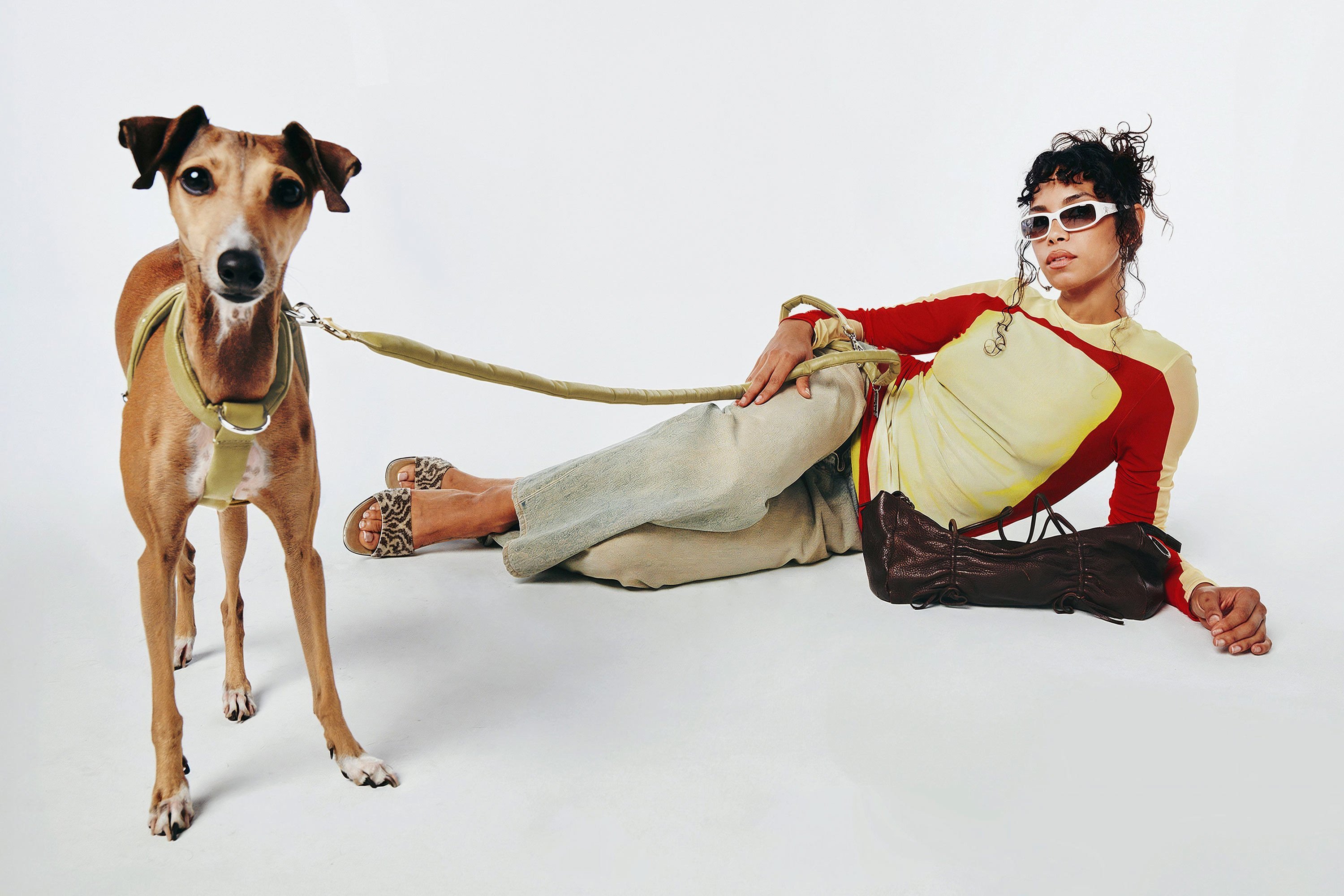
When it came to art direction for photography and visual assets, 1980s Benetton campaigns and Y2K fashion editorials were a key source of inspiration with an emphasis on sharpness, contrast and exaggerated expressions. Photographer Ryan Duff was brought onboard to shoot both the ‘style’ shots of the accessories and the more ‘editorial’ images, where the dogs model the products against a white background.
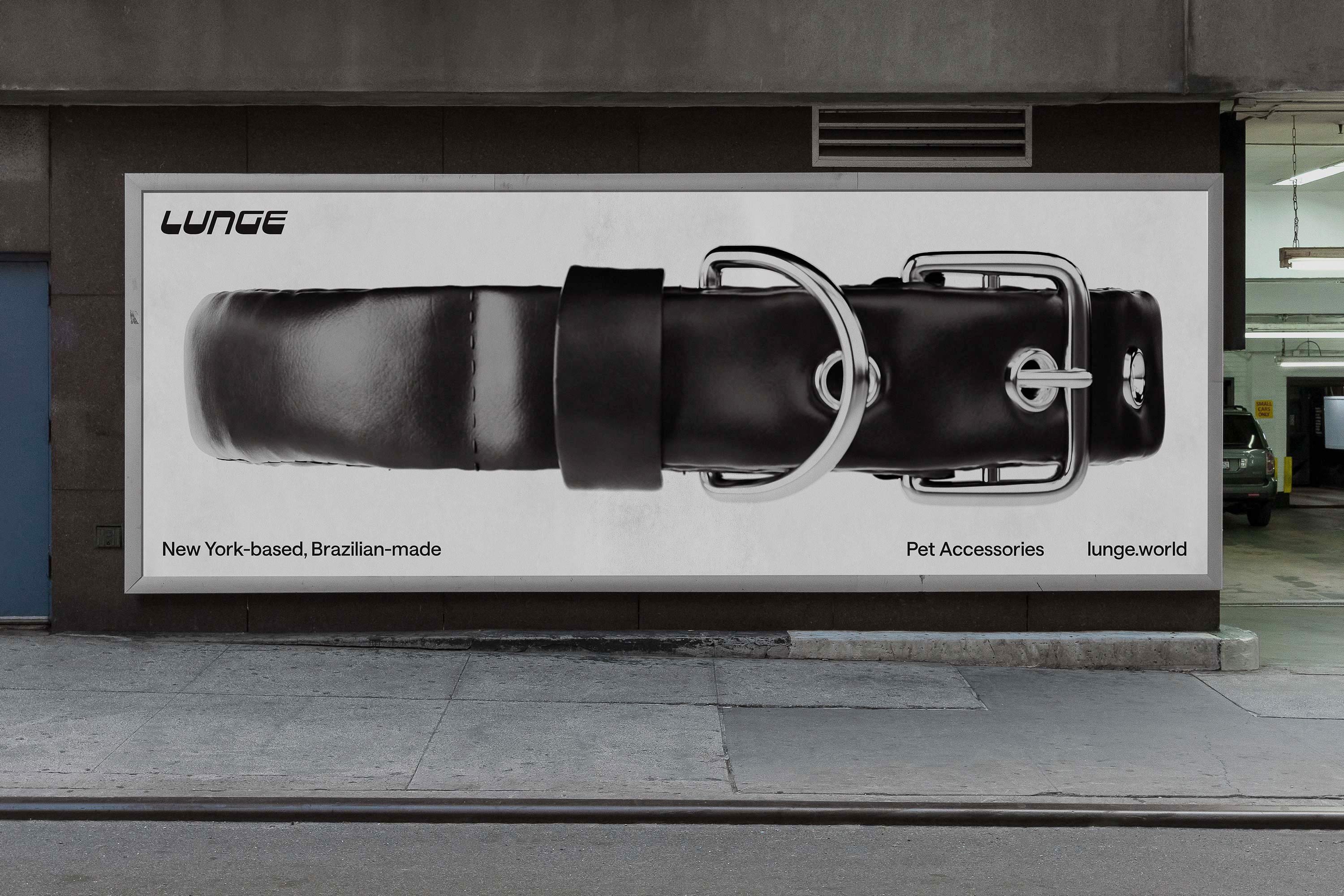
Meanwhile the motion graphics created for Instagram reels and TikTok were made by creative studio Estudi-Image and usually depict the products sans dogs, stacked into piles or rotating in a zero-gravity space. This editorial choice also contributes to the aura of slick contemporary cool that permeates the branding scheme.
In a growing industry that shows no signs of abating, Porto Rocha’s branding for Lunge helps the company to stand out from peers and competition. Excluding the parent brand focused pet collections of luxury fashion houses, the majority of pet lifestyle brands either dial up the twee or focus on ‘outdoor adventures’ – the joy of exploring new places with your furry companion. As such, colour palettes veer towards greens (especially forest greens) and earth-tone hues.
By enforcing a creative direction that puts city dogs front and centre, Lunge makes the case for urban playgrounds, where dogs are fully integrated in a city’s cultural life and society.
